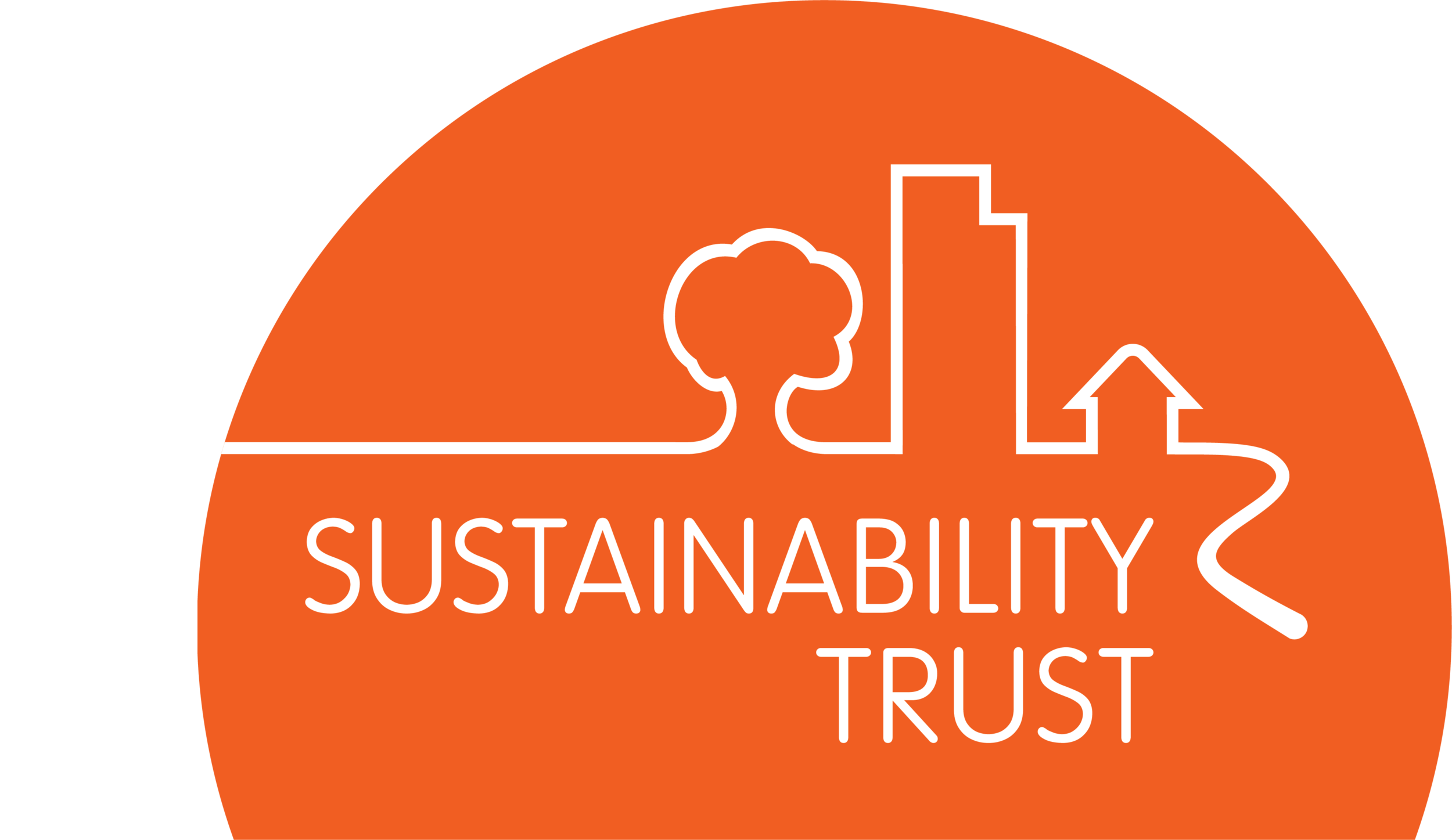Your Sustainable Home - Warm, dry, healthy home
Published 1 May 2020
Your Sustainable Home - Warm, dry, healthy home
Did you miss our ‘Warm, dry, healthy home’ webinar? No worries, here’s an overview of it, including a recording of the webinar + helpful links and supporting information for you to check out at your own leisure.
Session 1: Warm, Dry, Healthy Homes - What does it take?
With home energy consumption a hot topic right now, lots of us are looking to establish warm dry, healthy homes that won’t cost an arm and a leg. If you are not sure where to start, or need some more advice, the first of our two-part series will take homeowners, students, rental families and landlords, through the process of establishing a warm, dry, healthy and cost-effective home all year round.
Each session will see a panel of experts answer all your questions on the topic of the day.
Panelists & Chair:
Craig Auty, Home Performance Advisor
Chris Mischeski, Home Performance Advisor
David Piece, Warm Fuzzies Home Assessor
Miranda Struthers, Accessible Energy Advocate, Electricity Retailers' Association of New Zealand
Phil Squire, Fair Energy Manager (Chair)
Still, want to know more? See the further resources below the video.
Ready to have your home assessed by the pros?
How to make your home healthier and reduce home energy consumption through simple household actions
There’s A LOT of information out there and it’s difficult to know where to begin. To make it easier for you we’ve narrowed it down to some useful resources and most commons questions/answers to get you started.
What are the easiest ways to reduce my power bills and my energy consumption?
Dry your clothes outside because doing it inside can cause damp and mould, and open your windows regularly to remove moisture and prevent damp and mould.
By turning off the lights and all unused appliances from the wall, you could save a lot.
Use LED lights, each light bulb you replace with an LED can save you up to $20 a year.
Remove any mould from your bathroom by spraying with white vinegar, let set, then wipe. You can also reduce your shower time and fit a shower flow restrictor to cut the hot water costs significantly.
Unflued gas heaters can be bad for your health, never use them in the bedroom, a portable electric heater costs less to run and won’t make your house damp. Only have heat pumps and gas fires turned on when you’re home and using the room.
Use a draught stopper or a door snake, tighten hinges, catches and latches to stop heat loss.
Questions from the Webinar:
Underfloor difficulty access for insulation: Rental Tenancy Act states all underfloors must be insulated to R0.9 or 60mm in thickness however there are exemptions where the underfloor is not safely accessible (under 40cm in height).
Is it true that it’s better to turn off than swap power? Who is offering the best deal? Use price matching websites like powerswitch and what’s my number to determine which retailer is best suited for your needs.
Recommendations for insulation tape/blockers for draughty windows and doors: V seal is the easiest to use as it fills gaps from 1-8mm, can be purchased from our EcoShop.
Why to use a drier instead of dry our clothes inside? Clothes dried indoors evaporate between 2-5L of moisture per load. If your direr is vented to the outside or condensing then it’s better to use the drier which costs on average only $1 per cycle on your power bill.
Renter on a low income: How can I heat my cold and damp home? The Healthy Homes Guarantee Act will be providing cheap heaters for main lounge living areas for all rentals from 90 days after any new or renewed tenancy from 1/7/21. In the meantime maximise solar gain where you can, open curtains during the day to let in the free sun. Ventilate 30min daily as dry air is easier to heat. A looking for a cheap heater to buy that is effective consider a Micathermic heater.
Can you use the window film on old sash windows? Window film kit can be used on sash windows but only on the bottom pane, to insulate the top pane you would need to do from outside with external grade window film kit which we sell so that it doesn’t rip off when you slide the window open and close.
Other Frequently Asked Questions:
Should I buy LED lights now or wait for my old incandescent ones to die? LED’s are on average 90% more energy-efficient than standard incandescent bulbs, the sooner you change the sooner you start saving. Check out this blog on how much you can save by switching to LED downlights
How can I reduce condensation? Reduce moisture at the source, increase the air temperature, ventilate. A combination of all 3 is required to be effective
How to ventilate effectively? Open a window/door on either side of the property to cross ventilate for 30 mins daily, can be split 2 x 15 minutes or 3 x 10 minutes
You need to remember that the things that create heat use the most energy, (hot water and heating). To reduce your money and energy costs you can either stop heat loss and hot water use or install more energy-efficient items. Heat is expensive, the best ways to save money by keeping the cold air out and the warm air in is to have your house INSULATED and a good quality HEATING system.
Topics related to Insulation:
Topics related to Heating systems:
Healthy home advice:
Need more tools? Check out our awesome range of energy efficiency tools made from the highest advisers
Got more questions? Get in touch at customercare@sustaintrust.org.nz





